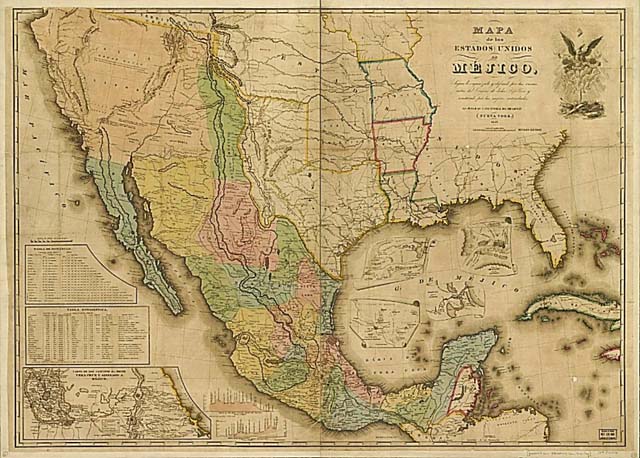| Photos |
Comments |
Start
Here
A Journey South |
Deeper into Illinois than I had ever ventured, also crossing
the Mississippi, a bit further south than usual, seeing St. Louis, and
the Ozarks, and this was just the first day. |
| Leaving the Mid-West |
The Ozarks, Missouri, and a wee bit of Kansas. |
| Oklahoma |
More midwestern than I would have thought, more farmers and bankers
than cowboys. Oklahoma City was very nice. |
| Texas |
A Texas steak, oil wells, and cowboys. No armadillos though. |
| New Mexico |
Desert, butte, and bluff. |
| Tucamcari |
Formerly the brightest spot on the road, it is looking a bit
worn these days, but a comeback has started. |
| The Painted Desert (sidetrip) |
Fantastic place very similar to the Badlands. |
| The Arizona landscape |
What you would expect from Arizona (no other state has a magazine
devoted to it's roadside scenery). |
| The Meteor Crater (sidetrip) |
Arizona's other big hole in the ground |
| Sedona (sidetrip) |
A little bit of California, transported into the red rock area
of Arizona. One of conservation's great failures. Strip malls galore. |
| Flagstaff, AZ |
Great town nestled up in the cool mountains, rather than the
roasting plains below. You can even ski here in the winter. |
| The Grand Canyon |
I won't even attempt a summary. Just look at the pictures. There
are lots of them. |
| Zion side trip (comming this summer) |
One of the most spectacular and pleasant places I have seen.
This place is underrated to the extent that I had hardly heard of it before
visiting. |
| Utah and southern Wyoming |
My first visit to the south of Wyoming, and my trip ever to Utah.
Desert, and fantastic rock formations give way to prairies, and grasslands. |
| Jackson |
A nice city, and a great tourist stop, even though they kicked
out all of the real cowboys years ago, and have actors put on cowboy shows
for the tourists. |
| The Tetons |
The highest vertical drop on the continent (in the world as far
as I know). These are very rugged, European looking peaks. |
| Yellowstone and Cody, Wy |
What can I say about this place that I have not said before?
Well, plenty probably, but we only had a couple of days this time. Cody
is one of my favorite places out west. We actually treated ourselves to
the Cody rodeo at Stampede Park. |
| South Dakota, Trapped in Wall |
Though I have always loved Wall, being trapped there by triple
digit heat, and car troubles for 12 hours took much of the charm out of
the experience. |
 creature from the anarchy of the independent state of Mexico. The Spanish
colonies which wrenched themselves free from Spain, lacked the visionary
leadership and unity, which had previously saved the fledgling United States
from collapse after winning independence from Britain. Independent Mexico
quickly fell to internal squabbles, minor rebellions, and internal disorganization.
Some of the colonies, notably that of California, considered allegiance
to Mexico City no better than the rulership of Spain. The United States
had experienced similar problems during it's birth, but had managed to overcome
them. Mexico was unable to do so. This internal weakness was unfortunate
for the newly independent state, because it had a powerful, expanding neighbor
to the north.
creature from the anarchy of the independent state of Mexico. The Spanish
colonies which wrenched themselves free from Spain, lacked the visionary
leadership and unity, which had previously saved the fledgling United States
from collapse after winning independence from Britain. Independent Mexico
quickly fell to internal squabbles, minor rebellions, and internal disorganization.
Some of the colonies, notably that of California, considered allegiance
to Mexico City no better than the rulership of Spain. The United States
had experienced similar problems during it's birth, but had managed to overcome
them. Mexico was unable to do so. This internal weakness was unfortunate
for the newly independent state, because it had a powerful, expanding neighbor
to the north.